|
A recent study on ‘pre-supernova’ neutrinos—tiny cosmic particles that are extremely hard to detect—has brought scientists one step closer to understanding what happens to stars before they explode and die. The study, co-authored by postdoctoral researcher Ryosuke Hirai, from the ARC Centre of Excellence for Gravitational Wave Discovery (OzGrav) at Monash University, investigated stellar evolution models to test uncertain predictions. When a star dies, a huge number of neutrinos are emitted which are thought to drive the resulting supernova explosion. The neutrinos flow freely through and out of the star before the explosion reaches the surface of the star. Scientists can then detect neutrinos before the supernova occurs, in fact, a few dozen neutrinos were detected from a supernova that exploded in 1987, several hours before the explosion was seen in light. The next generation of neutrino detectors are expected to detect about 50,000 neutrinos from a similar kind of supernova. The technology has become so powerful that scientists predict they will detect the weak neutrino signals that come out days before the explosion; just like a supernova forecast, it will give astronomers a heads up to catch the first light of a supernova. It’s also one of the only ways to directly extract information from a star’s core—similar to an X-ray image of your body, except it’s for stars. But an X-ray image is meaningless unless you know what you’re looking at. Although there is a general understanding of how a massive star evolves and explodes, scientists are still uncertain about the lead up to the supernova explosion. Many physicists have attempted to model these final phases, but the outcomes appear random; there is no way to confirm if they’re correct. Since pre-supernova neutrino detections allow scientists to better assess these models. a team of OzGrav scientists investigated the late stages of stellar evolution models and how that might affect pre-supernova neutrino estimates. OzGrav researcher and co-author Ryosuke Hirai says: ‘This will help us make the most of the information from future pre-supernova neutrino detections’. In this first study, we explored the uncertainty on a single star that is 15 times the mass of the Sun. The neutrino emission calculated from these stellar models differed greatly in the neutrino luminosity. This means that pre-supernova neutrino estimates are very sensitive to these small details of the stellar model.’ The study revealed the significant uncertainty of pre-supernova neutrino predictions, as well as the relationship between the neutrino features and the star’s properties. ‘The next supernova in our galaxy can happen any day, and scientists are looking forward to detecting pre-supernova neutrinos, but we still don't know what we can learn from it. This study lays out the first steps of how to interpret the data. Eventually, we’ll be able to use pre-supernova neutrinos to understand crucial parts of massive star evolution and the supernova explosion mechanism.’
1 Comment
Last year, the Advanced LIGO-VIRGO gravitational-wave detector network recorded data from 35 merging black holes and neutron stars. A great result – but what did they miss? According to Dr Rory Smith from the ARC Centre of Excellence in Gravitational Wave Discovery at Monash University in Australia – it’s likely there are another 2 million gravitational wave events from merging black holes, “a pair of merging black holes every 200 seconds and a pair of merging neutron stars every 15 seconds” that scientists are not picking up. Dr Smith and his colleagues, also at Monash University, have developed a method to detect the presence of these weak or “background” events that to date have gone unnoticed, without having to detect each one individually. The method – which is currently being test driven by the LIGO community – “means that we may be able to look more than 8 billion light years further than we are currently observing,” Dr Smith said. “This will give us a snapshot of what the early universe looked like while providing insights into the evolution of the universe.” The paper, recently published in the Royal Astronomical Society journal, details how researchers will measure the properties of a background of gravitational waves from the millions of unresolved black hole mergers. Binary black hole mergers release huge amounts of energy in the form of gravitational waves and are now routinely being detected by the Advanced LIGO-Virgo detector network. According to co-author, Eric Thrane from OzGrav-Monash, these gravitational waves generated by individual binary mergers “carry information about spacetime and nuclear matter in the most extreme environments in the Universe. Individual observations of gravitational waves trace the evolution of stars, star clusters, and galaxies,” he said. “By piecing together information from many merger events, we can begin to understand the environments in which stars live and evolve, and what causes their eventual fate as black holes. The further away we see the gravitational waves from these mergers, the younger the Universe was when they formed. We can trace the evolution of stars and galaxies throughout cosmic time, back to when the Universe was a fraction of its current age.” The researchers measure population properties of binary black hole mergers, such as the distribution of black hole masses. The vast majority of compact binary mergers produce gravitational waves that are too weak to yield unambiguous detections – so vast amounts of information is currently missed by our observatories. “Moreover, inferences made about the black hole population may be susceptible to a ‘selection bias’ due to the fact that we only see a handful of the loudest, most nearby systems. Selection bias means we might only be getting a snapshot of black holes, rather than the full picture,” Dr Smith warned. The analysis developed by Smith and Thrane is being tested using real world observations from the LIGO-VIRGO detectors with the program expected to be fully operational within a few years, according to Dr Smith. Gravitational wave detectors are extremely complex instruments of precision measurement. They use interference as the physical mechanism to measure passing gravitational waves (GWs)—ripples in space-time—from different astronomical sources and events, like two neutron stars merging. The passing wave signal gets encoded into a wave of light and is read-out after exiting the interferometer. The issue is that the signal is so weak that any movement from the optical components will degrade the signal strength. For example, the random motion of particles that make up the material called ‘thermal noise’. In the design of GW detectors, ‘optomechanical’ cavities are used to enhance the signal from GW detectors. These cavities, or ‘resonators’, typically have two, moving-end mirrors which trap and amplify light. There is one problem however: the mirrors can move too much due to thermal noise! If we can minimise the thermal noise of these resonators, it will improve the GW sensitivity. The Double-End-Mirror-Sloshing (DEMS) cavity—shown in figure 1—is a special type of optomechanical cavity which consists of four mirrors, a transmitting sloshing mirror and a resonator which reflects light from both sides (double-end-mirror). Using the DEMS cavity, the resonator exhibits very low levels of thermal noise through a process called ‘optical dilution’, which works by trapping the resonator in a potential well using radiation pressure. This keeps the resonator tightly bound, so it’s not easily disturbed from the random thermal fluctuations. In a study led by the OzGrav, researchers explain that, although the optical spring is not unique to the DEMS cavity, the troublesome impact of radiation pressure noise and anti-damping effects are circumvented in the DEMS cavity, but are unavoidable in a two-mirror cavity. First author and OzGrav research assistant Parris Trahanas explains: ‘The key mechanism that allows the DEMS cavity these qualities is the transmissive sloshing mirror component—it turns the DEMS cavity into a coupled optical resonator, which is the optical equivalent of connecting two spring mass systems together with a third spring.’ The results in Figure 2 show the avoided crossing of the optical resonances which is characteristic of a coupled oscillator—this will be an extremely useful tool for GW detectors, but could be more broadly applied to any field requiring low thermal noise in mechanical resonators. Dancing stars and black holes in a cosmic cloud of gas: New research of the ‘common envelope phase’16/6/2020 Most massive stars are born in binaries (and sometimes triples, quadruples, and so on—being single isn’t common for such rock stars!). As stars age, they grow larger in size, and not just a little thickening of the waistline, but a hundred-fold or even thousand-fold expansion! When stars in binaries expand, part of them get close to the other star in the binary, whose gravity can then pull off the outer portions of the expanding star. The result is mass transfer from one star to the other. Usually mass is transferred gradually. But sometimes, the more mass is transferred, the more mass gets pulled off, in a runaway process. The outer layers of one star completely surround the other in a phase known as the common envelope. During this phase, the dense cores of the two stars orbit each other inside the cloud, or envelope, of gas. The gas drags on the stellar cores, causing them to spiral in; this heats up the common envelope, which may get expelled. The cores may end up more than one hundred times closer than they started. This common envelope phase is thought to play a crucial role in forming ultra-compact object binaries, including sources of gravitational waves; however, it is also very poorly understood. In a paper recently accepted to the Astrophysical Journal, Soumi De and collaborators from the ARC Centre of Excellence for Gravitational Wave Discovery (OzGrav) explored the common envelope phase through detailed computer simulations. They used ‘wind-tunnel models’, in which a stellar core, a neutron star or a black hole is buffeted by the ‘wind’ of gas, representing its orbit through the envelope. While this is a simplification of the full three-dimensional physics of the common envelope, the hope is that this approach makes it possible to understand the key features of the problem. You can watch an animation of one of the models here: https://sde101.expressions.syr.edu/common-envelope-hydrodynamic-simulations/ . Co-author and OzGrav CI Ilya Mandel explains that ‘the results revealed the drag forces and the rate of accretion onto the black hole. Together, these allow us to predict how much the black hole will grow during the common envelope phase’. ‘While a naive estimate suggests that black holes should gain a lot of mass during this phase, we find that’s not the case, and the black holes do not become much heavier,’ says Mandel. ‘And this has important consequences for understanding the merger rates and mass distributions of gravitational-wave sources.’ A team of scientists, including Chief Investigator Ilya Mandel from the ARC Centre of Excellence for Gravitational Wave Discovery (OzGrav) at Monash University, recently submitted a paper investigating what happens to rotating massive stars when they reach the end of their lives. Stars produce energy by fusing lighter elements into heavier ones in their core: hydrogen into helium, then helium into carbon, oxygen, and so on, up to iron. The energy produced by this nuclear fusion also provides pressure support inside the star, which balances the force of gravity and allows the star to remain in equilibrium. This process stops at iron. Beyond iron, energy is required for fusion rather than being released by fusion. A heavy iron star core contracts under gravity, creating a neutron star or, if it is heavy enough, a black hole. Meanwhile, the outer layers of the star explode in a brilliant flash, observable as a supernova. However, some massive stars seem to completely disappear without any explosion. Theories suggest that these massive stars completely collapse into black holes, but is that possible? A team led by Ariadna Murguia-Berthier, a PhD candidate at the University of California Santa Cruz, and involving OzGrav Chief Investigator Ilya Mandel, set out to answer this question. They were particularly interested in understanding whether a rotating star could quietly collapse into a black hole. In their paper submitted to Astrophysical Journal Letters, they describe a set of simulations investigating the collapse of a rotating gas cloud into a black hole. It was found that if the gas is rotating too quickly at the beginning, it cannot efficiently collapse; instead, the gas stalls in a donut-like shape around the equator of the black hole. The team hypothesised that the heat generated from falling gas slamming into this spinning gas donut will unbind the outer layers of the star and create a supernova-like explosion. A small percentage of all stars were also found to rotate slowly enough—below the threshold for this gas stalling to occur—and could indeed collapse into black holes quietly. “It’s very exciting to bring together general relativity, sophisticated computational techniques, stellar models, and the latest observations to explore the formation of black holes from massive stars!” says Mandel. |
|
- Home
- About
-
Our People
- Chief Investigators
- Partner Investigators
- Associate Investigators
- Postdocs and Students >
- Professional & Outreach staff
- Governance Advisory Committee
- Scientific Advisory Committee
- Executive Committee
- Equity & Diversity Committee
- Early Career Researcher Committee
- Professional Development Committee
- Research Translation Committee
- OzGrav Alumni
- Research Themes
- Education and Outreach
- Events
- News/Media
- Contact Us
- Home
- About
-
Our People
- Chief Investigators
- Partner Investigators
- Associate Investigators
- Postdocs and Students >
- Professional & Outreach staff
- Governance Advisory Committee
- Scientific Advisory Committee
- Executive Committee
- Equity & Diversity Committee
- Early Career Researcher Committee
- Professional Development Committee
- Research Translation Committee
- OzGrav Alumni
- Research Themes
- Education and Outreach
- Events
- News/Media
- Contact Us

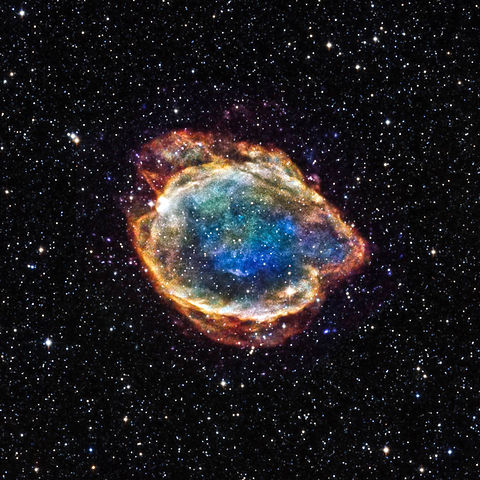

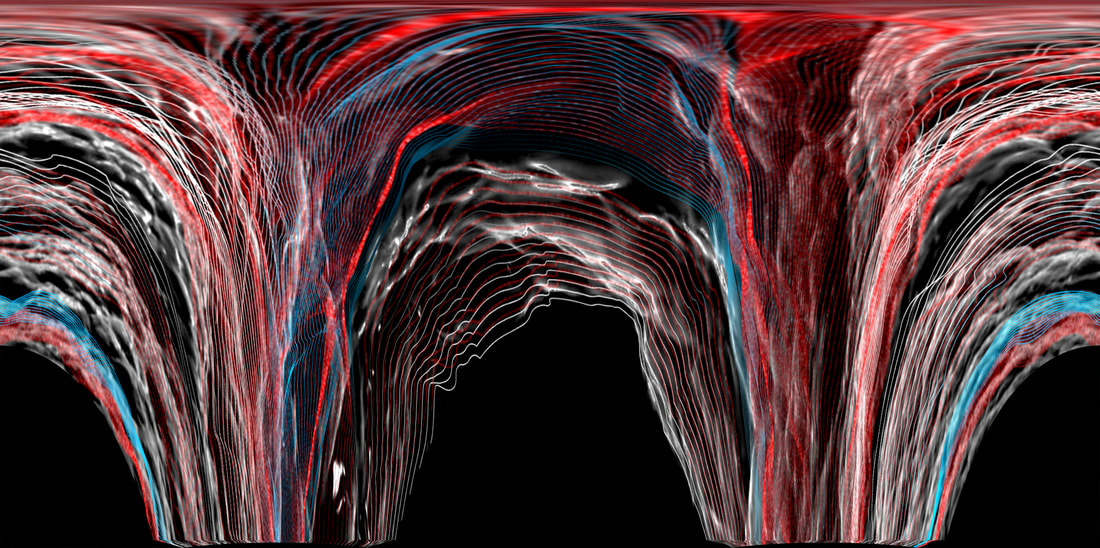
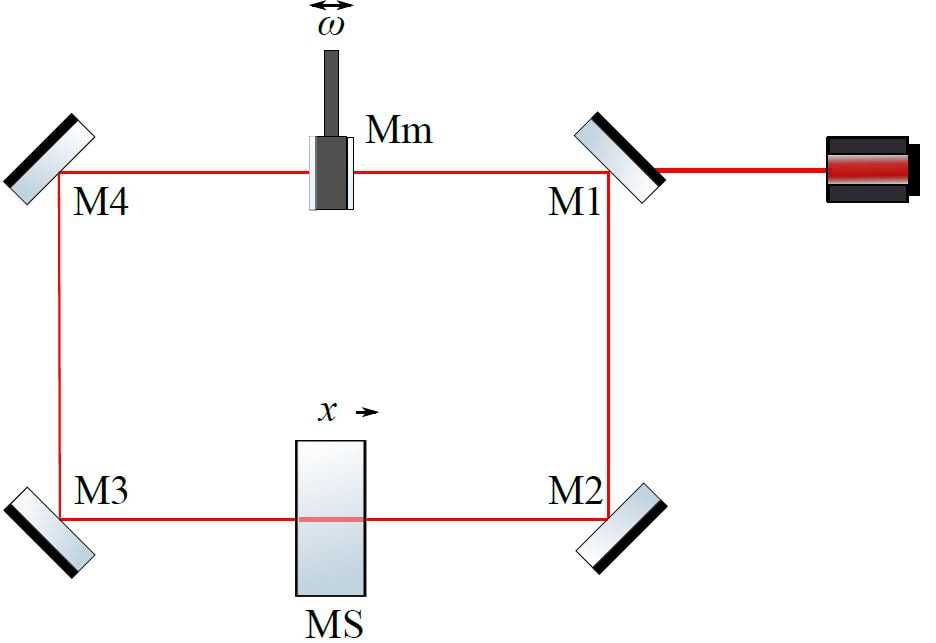

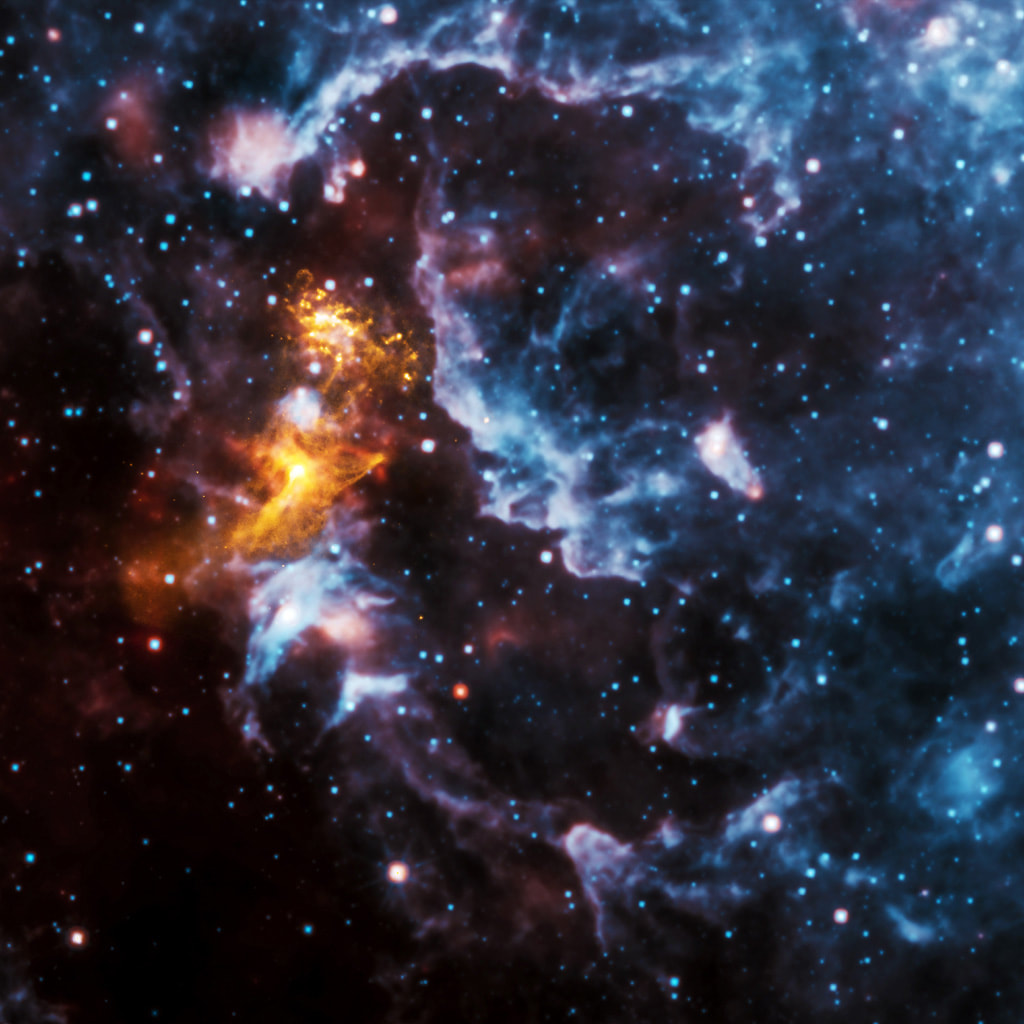
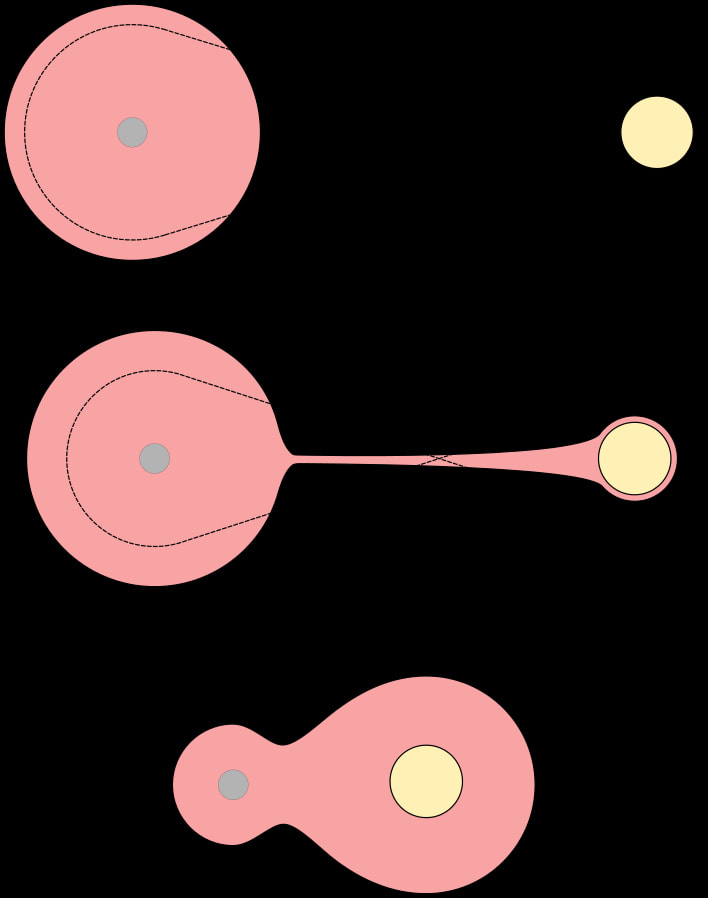
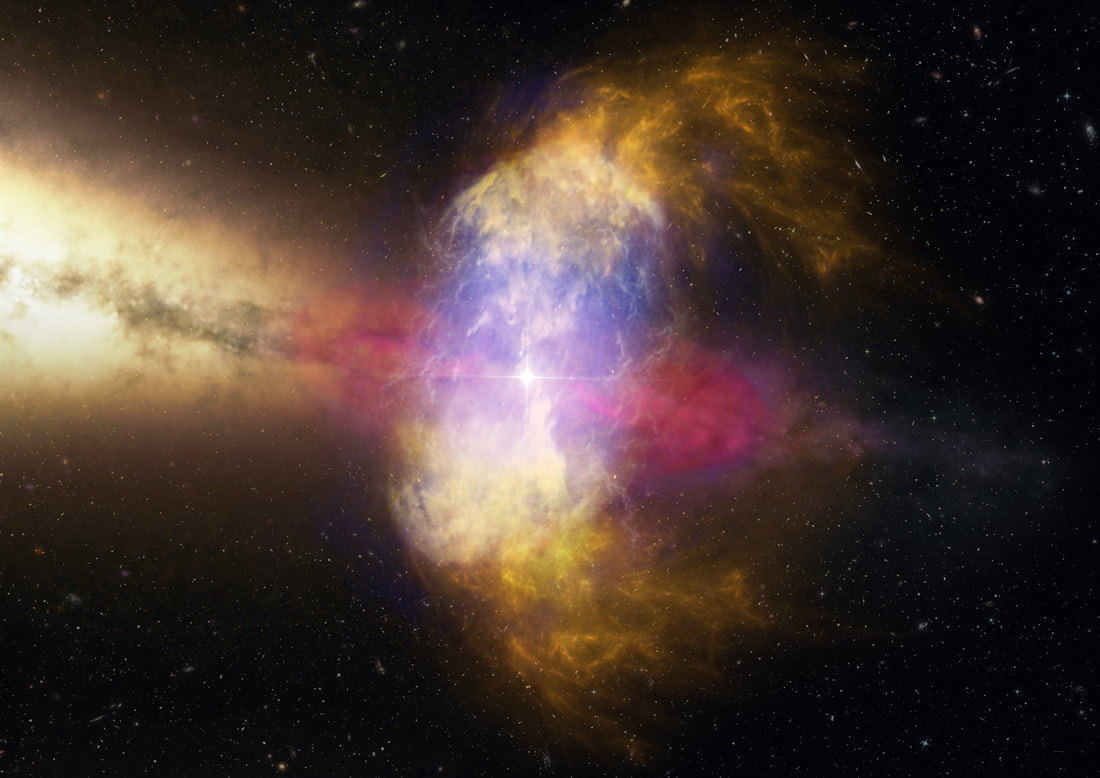
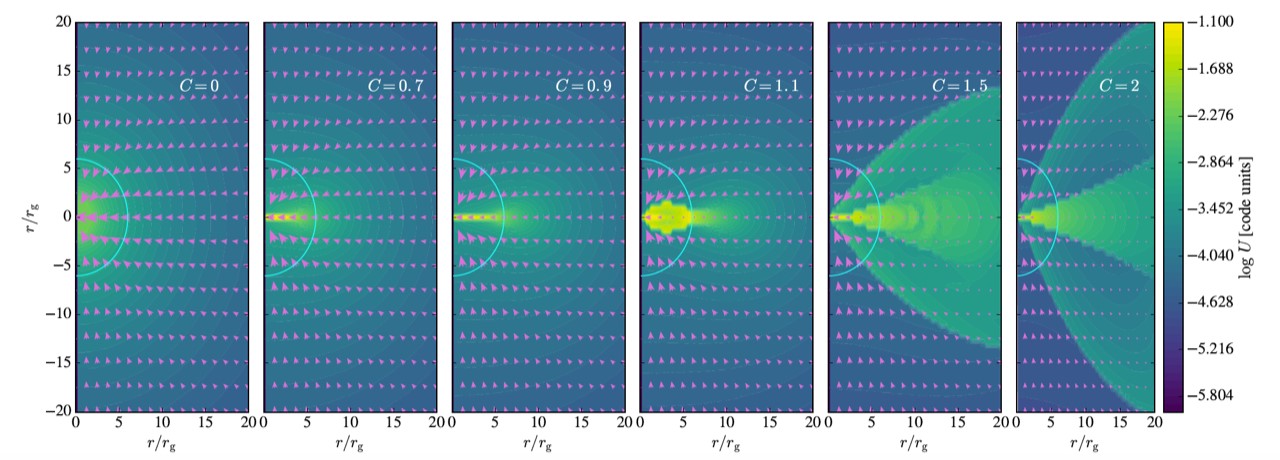
 RSS Feed
RSS Feed








